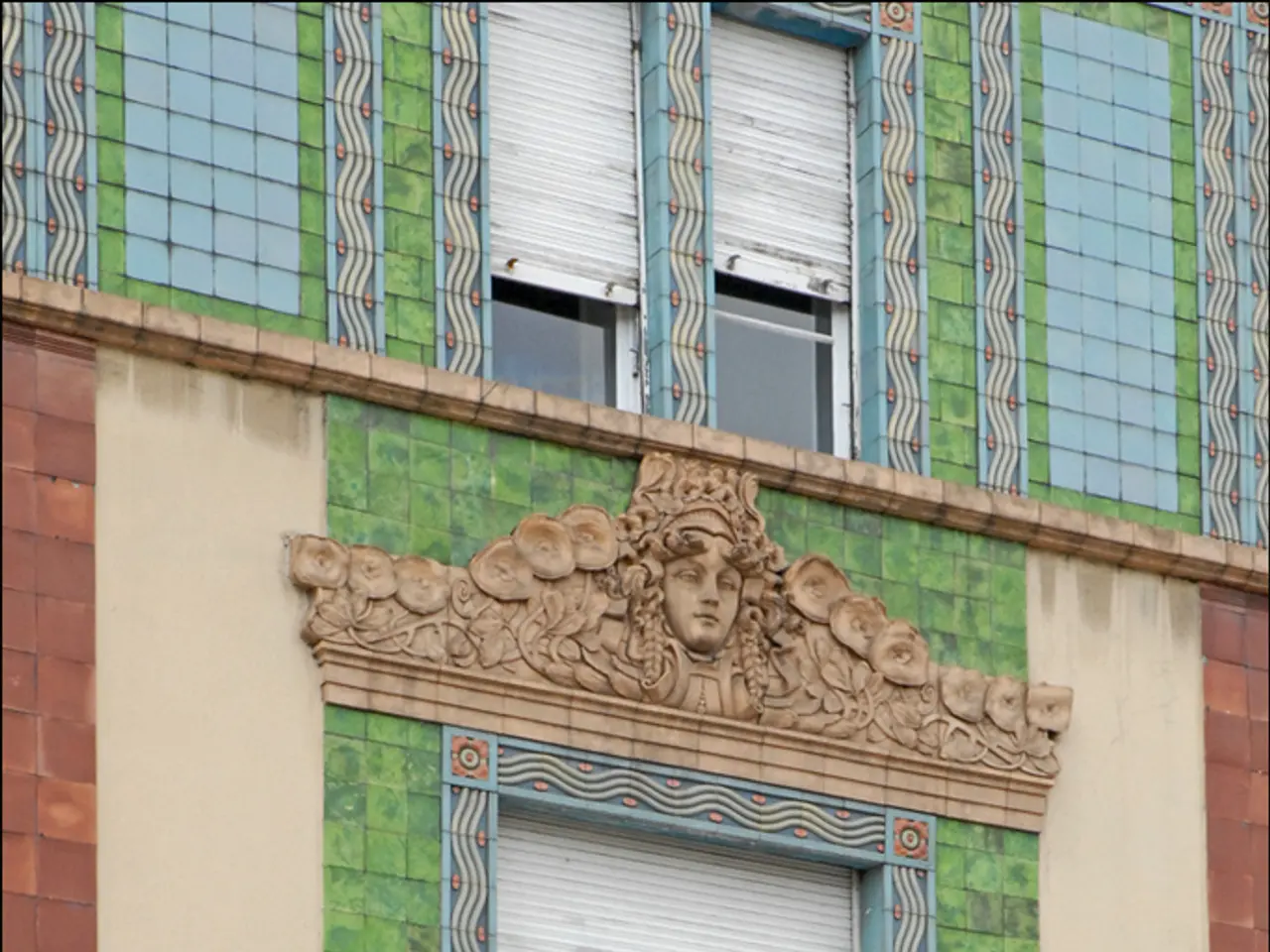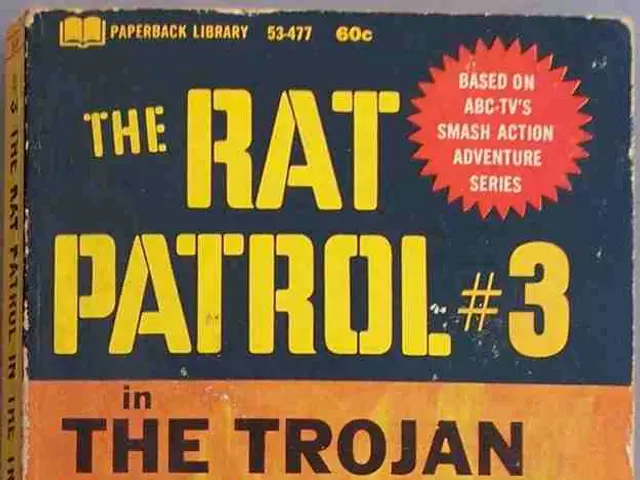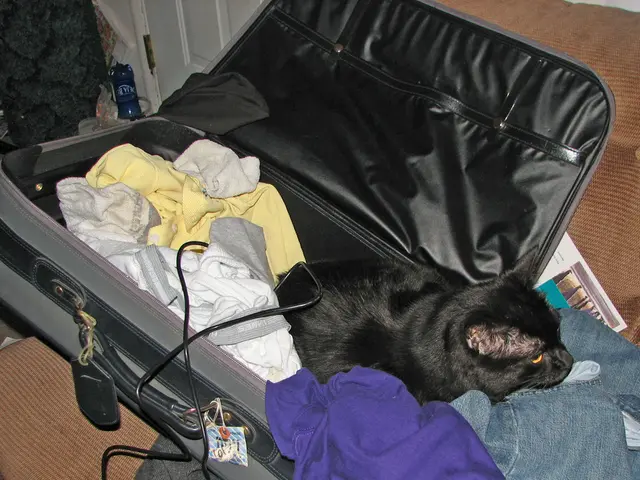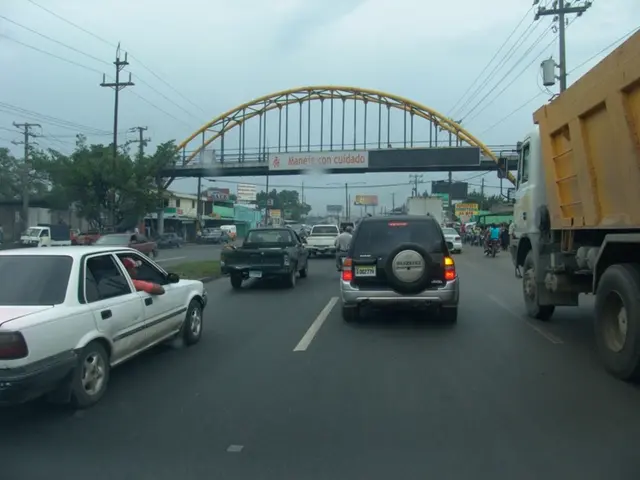Authorized zones prohibit transient settlements in the city of Saint John
Saint John, New Brunswick, is taking a new approach to manage its homelessness crisis by implementing red zones, areas within the city where tents, encampments, or other types of temporary shelters will not be allowed.
The first phase of the red zone implementation has begun, focusing on informing people about the red and yellow zones, particularly those living on the streets. An interactive map outlining the different zones within the city is expected to be available by the end of the day.
Red zone areas will include schools, daycares, playgrounds, sports fields, and other locations. No encampments will be permitted within 200 metres of schools, childcare facilities, designated green zones, and crisis care centres. The buffer zone shrinks down to 100 metres around playgrounds and splash pads, 30 metres along sports fields, parks, highways, and railways. Along the Harbour Passage walkway, the buffer is five metres.
The city aims to have no tents, encampments, or shelters in any red zones by the end of October. The next two phases of the red zone implementation will be completed by October 17, with outreach teams working to help individuals relocate from red zone areas. It's important to note that these outreach teams, not the city, will lead the relocation efforts. They are trauma-informed and have relationships with clients.
However, not everyone is in favour of the red zones. Ivan McCullough, co-founder of Street Team SJ, criticizes the red zones, stating they are not a helpful measure, marginalizing, dehumanizing, and lack clarity regarding yellow zones. McCullough expresses frustration over the lack of information about where encampments will be permitted, making it difficult for Street Team SJ to access and provide essentials to the homeless.
McCullough emphasizes that the core of the homeless crisis is a lack of affordable housing. The red zones, if implemented, may move homeless individuals farther away from essential supports and services like Avenue B.
The red zones are being introduced as a coordinated approach to homelessness. Alongside the red zones, yellow zones will also be available on some vacant properties owned by the city. Earlier this year, the city established its first green zone, which provides safe temporary housing with on-site services and support for people.
Mayor Reardon could not confirm who would be responsible for ensuring the new rules are followed. The implementation of the new zones will take time, and the city says the sites must be kept clean, and wooded structures will not be allowed due to fire hazards.
Street Team SJ, an organization founded in Saint John, focuses on promoting food and essential supplies for homeless residents. The organization's concerns highlight the need for clear communication and a comprehensive plan to address the homelessness crisis in Saint John.
Read also:
- ICE directed to enhance detention conditions following NYC immigrants' allegations of maltreatment
- Israeli finance minister issues warnings about potential annexation of West Bank territories
- United States faces rebuttal from South Africa over allegedly deceitful human rights report and assertions of land expropriation
- Accident at Rodalben Results in Injuries; Geoskop Area near Kusel Affected After Stormy Weather








